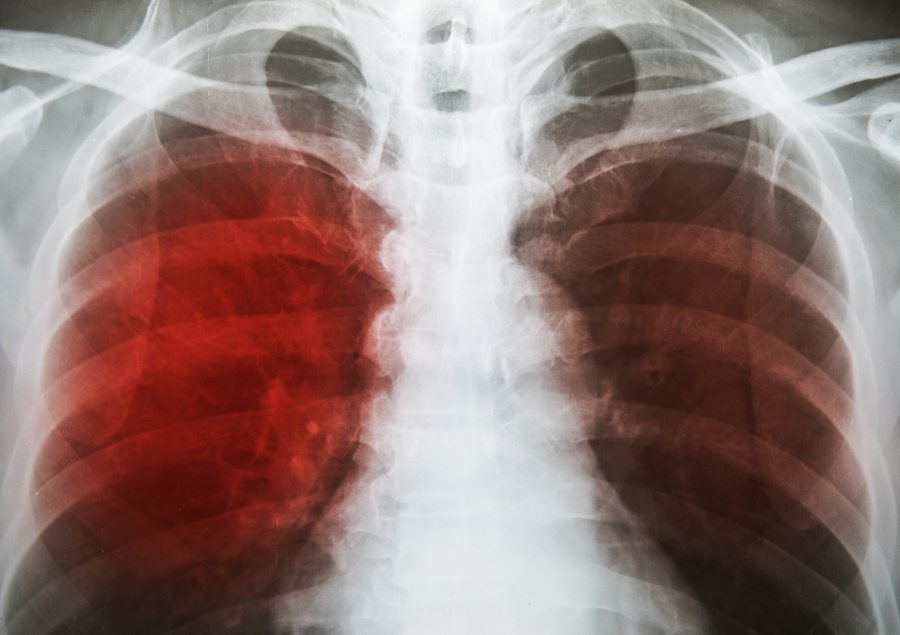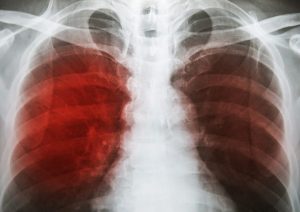
What is Tuberculosis?
For a time, tuberculosis was the leading cause of death in America. There were special hospitals devoted to caring for tuberculosis patients, many of whom never recovered, either due to the illness, or due to bizarre experimental treatments done to them by doctors. Some of these experimental procedures included electroshock therapy, unnecessary surgeries, and just letting the TB sufferer sit outside in the sun most of the day.

Don’t be afraid, though: today things have changed. The number of tuberculosis sufferers has greatly decreased, and a real, effective, non-lethal (and non-crazy) cure has been found. Now, if someone gets tuberculosis, they are treated with antibiotics, although the treatment can still take from six to nine months, due to the severity of this illness.
What exactly is tuberculosis, though?
To put it simply, it is a serious lung disease caused by a bacterium that can, if untreated, spread to the brain and the spine. It is contagious, but fortunately it is fairly difficult to catch. TB germs only spread through the air; they can’t survive on surfaces, inanimate objects, or even animate objects like hands or skin. It is only contracted by breathing in the germs released by someone who has tuberculosis, and breathing in those germs for a long time. TB germs grow slowly inside the body, so the illness is most commonly spread from family member to family member or coworker to coworker, because near-constant exposure for a long period of time is needed for the disease to cultivate inside one’s body.
Interestingly, though, just because you have tuberculosis doesn’t mean you will get sick.
There are two types of tuberculosis: active and latent.
The former means that the TB germs inside one’s body have multiplied and spread, and turned into a full-blown infection. In this case, the person is contagious, experiences symptoms, and is considered to be very sick. Latent tuberculosis, though, is a completely different animal. In this case, you have the TB germs in your body, but they are dormant. They could activate at any time to turn into active tuberculosis, but for the time being, they are harmless. You are not infectious, and you do not feel ill. Your immune system keeps the illness at bay, and you can live for years without any problems, usually until the immune system is compromised by another illness.
Now that you know more about tuberculosis, though, how do you know if your aging loved one has it? If you suspect tuberculosis or any other lung disease, you and your senior care aide should look out for symptoms like a chronic cough lasting for longer than three weeks, weight loss, loss of appetite, fatigue, night sweats, fever, chills, and coughing up blood.
Fortunately, TB is an illness that is fairly easy to identify by its warning signs, so chances are, if your loved one has active tuberculosis, you will know. If you or your senior care aide notice any of the above symptoms, schedule a doctor’s appointment as soon as possible, so that treatment can begin. Treatment may take a while, but unlike in the past, most of today’s TB sufferers survive to tell the tale.
If you or an aging loved one are considering hiring senior care in Hamilton, NJ or the surrounding areas, please call Independence Home Care today at 609-208-1111 for more information.
Source:
http://www.webmd.com/lung/understanding-tuberculosis-basics#1

